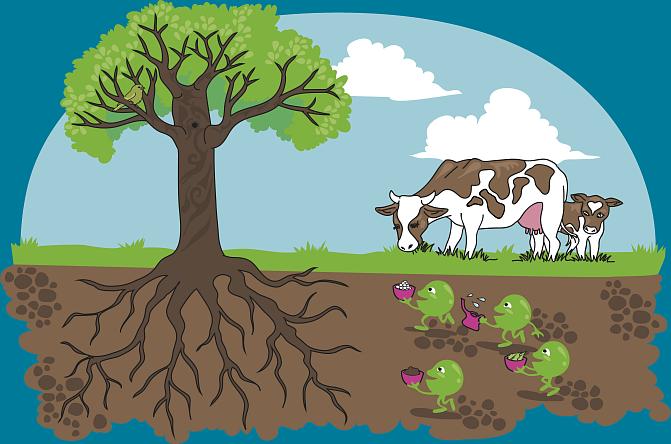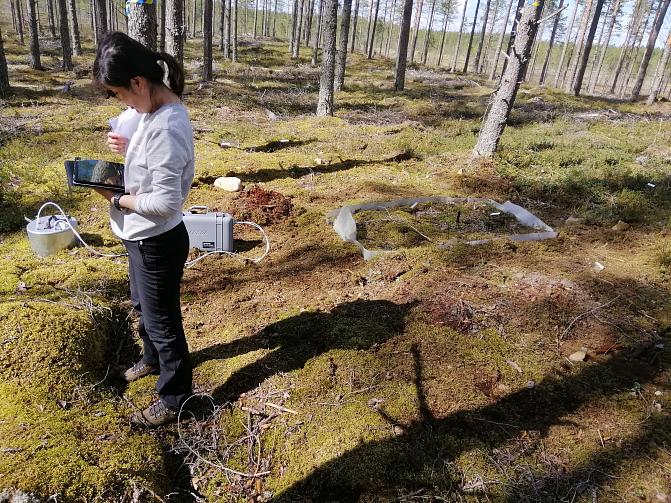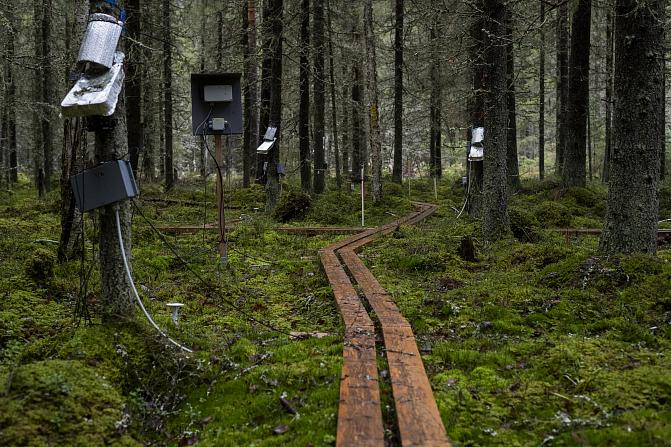Soil microbes and biodiversity
Soil microbes are responsible for some of the most important life-sustaining processes. They are decomposers of organic matter and regulators of greenhouse gases (GHGs) released into the atmosphere. Soil microbial activity and diversity are threatened when human activities alter soil structure, or when foreign substances such as microplastics or excessive amounts of nutrients are introduced.
Our research investigates among other things:
- When a peatland is restored, will the microbial communities and their functions that regulate GHGs recover?
- How does ash fertilization, which affects soil chemistry, change soil microbial diversity and activity, and how does this ultimately affect the carbon cycle of peatlands?
- What are the potential impacts of soil microbial diversity in urban green areas for human health in built environments where people move around daily?
Microbes help plants to take up nutrients and water. Simultaneously they produce substances that maintain soil structure and thus increase the soil health and are excellent substates for other organisms in the soil food web. Soil microbes can use soil amendments derived from industrial side-streams as their energy source and decompose plastics. What future opportunities does this ability create?
Microbes have enormous metabolic potential to modify a range of chemical compounds that are difficult to break down and to release nutrients that can be used by other organisms. It is estimated that up to half of all the stablecarbon in soil organic matter is bound in dead microbial biomass. Does the interaction between microbes and soil carbon provide solutions to mitigate climate change?
Microbial biodiversity research has entered a new era, both globally and at Luke. Molecular DNA and RNA methods are going through rapid development and the amount of information about the genomes of unknown microbes is increasing continuously. We are able to observe genetic information directly from material isolated from different environments, which we can trace back to a wide range of species and metabolic pathways and thus link them to ecosystem processes.

















